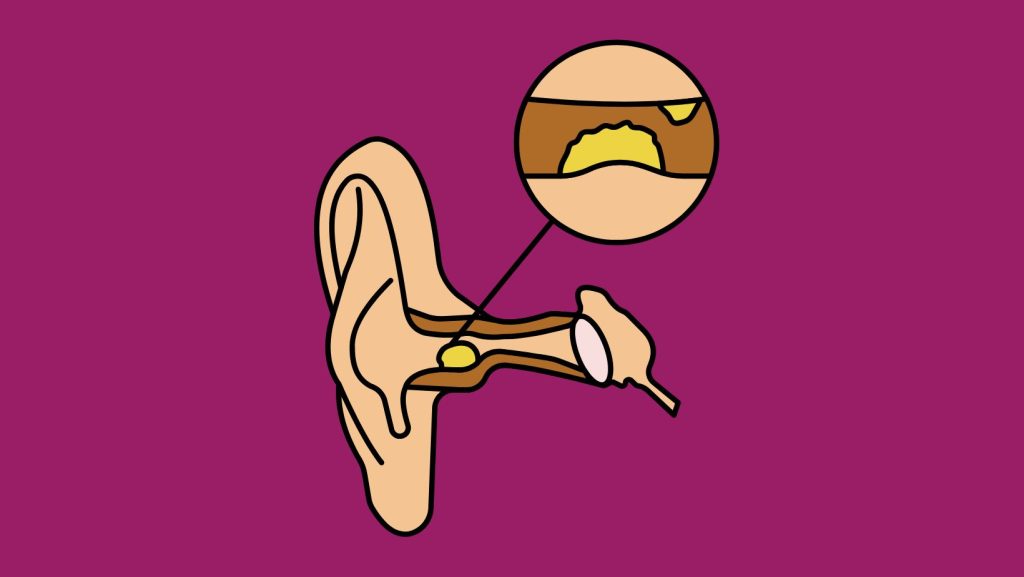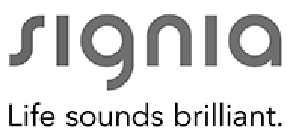Earwax, often misunderstood as an annoying or even harmful build-up, is actually one of your body’s natural defenses. This waxy substance, medically known as cerumen, plays an essential role in keeping your ears clean and protected. But could earwax also be the reason behind your muffled hearing or discomfort?
If you’ve been struggling with hearing issues, it’s possible earwax could be the cause. This post explores what earwax is, how it can impact your hearing, and offers practical tips for safe earwax removal.
What is Earwax and Why Do We Have It?
Earwax might seem like an inconvenience, but it’s both natural and necessary. It’s produced by glands in your ear canal, combining with dead skin cells to form the substance you see.
Key Functions of Earwax:
- Trapping Dust and Dirt: Earwax helps keep debris from reaching sensitive areas deep within the ear.
- Preventing Infection: Its antibacterial properties protect the ear from harmful bacteria and fungi.
- Moisturizing the Ear Canal: By keeping the skin inside your ear well-lubricated, earwax prevents dryness and itchiness.
Did you know? Chewing or talking can assist in moving earwax out of your ear naturally. This process usually keeps your ears clean without any intervention.
How Can Earwax Affect Your Hearing?
While earwax is beneficial, excessive build-up or impaction can quickly turn problematic. Here’s how too much earwax can lead to hearing issues or hearing loss.
Potential Issues Caused by Excess Earwax:
Temporary Hearing Loss
When earwax hardens and blocks the ear canal, sound waves have trouble reaching your eardrum, causing muffled hearing.
Discomfort or Fullness
Impacted earwax can create an uncomfortable sensation or pressure within the ear.
Tinnitus (Ringing in the Ears)
Excessive earwax can sometimes irritate the eardrum, leading to an annoying, persistent ringing sound.
Some people are more prone to earwax problems. For example, using earbuds, wearing hearing aids, or having a naturally narrow ear canal increases your risk of wax build-up.
It’s important to distinguish temporary hearing loss caused by earwax from other causes of hearing loss, such as age-related decline or exposure to loud noises.
Safe and Effective Earwax Removal Tips
Before reaching for cotton swabs (or any other pointy objects), stop. Improper removal methods can push earwax further into the canal or even damage your eardrum.
Safer Alternatives for Earwax Removal:
Use Ear Drops
Over-the-counter drops can help soften hardened earwax, allowing it to flow out naturally.
Irrigation Kits
Some people opt for irrigation kits to gently rinse out excess wax. Make sure to follow instructions carefully.
If these methods don’t seem effective, it might be time to consult a professional for earwax removal services.
When to Seek Medical Help
There are situations where at-home remedies aren’t enough. If you notice any of the following symptoms, make an appointment with a specialist immediately:
- Severe ear pain
- Sudden or complete hearing loss
- Persistent dizziness or balance issues
Professional earwax removal is typically a quick and painless process. Specialists use tools specifically designed to safely remove wax without causing any damage.
Final Thoughts
Earwax is a natural and beneficial part of your body’s defense system, but when it builds up excessively, it can interfere with hearing and comfort. The good news? Most cases of earwax build-up can be managed with proper care or professional help.
Maintaining good ear hygiene is simple. Avoid sticking objects in your ear, use safe removal techniques, and consult an expert if needed. If you’re having persistent issues, contact The Ear and Hearing Clinic for professional assistance.







